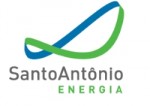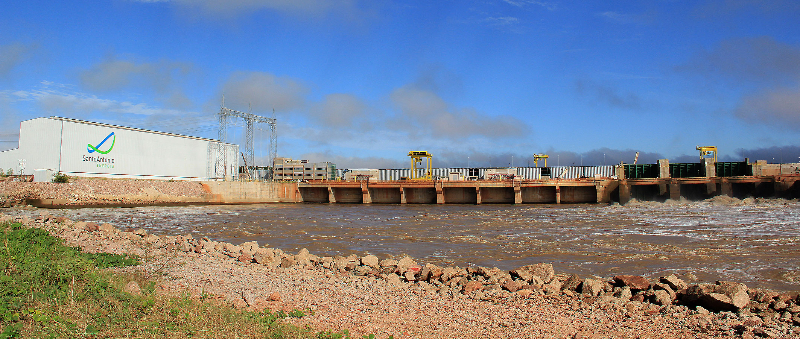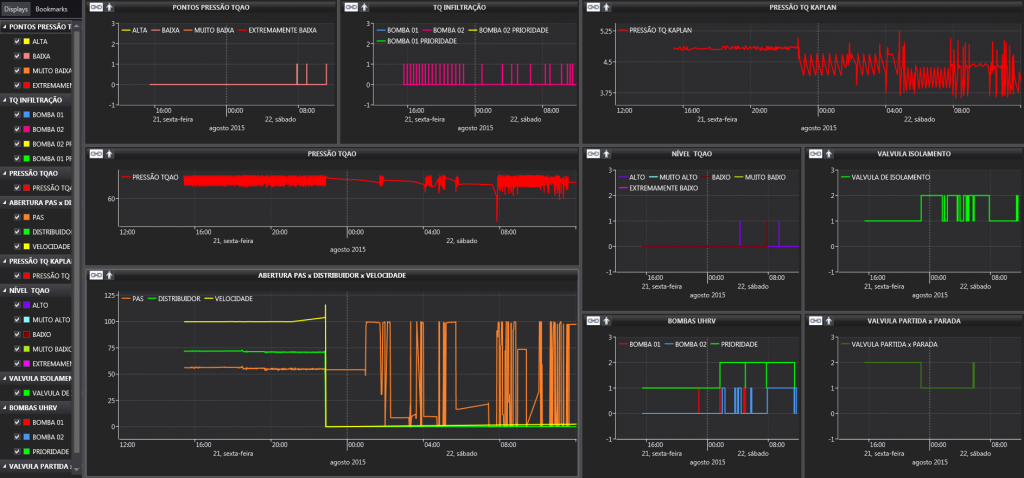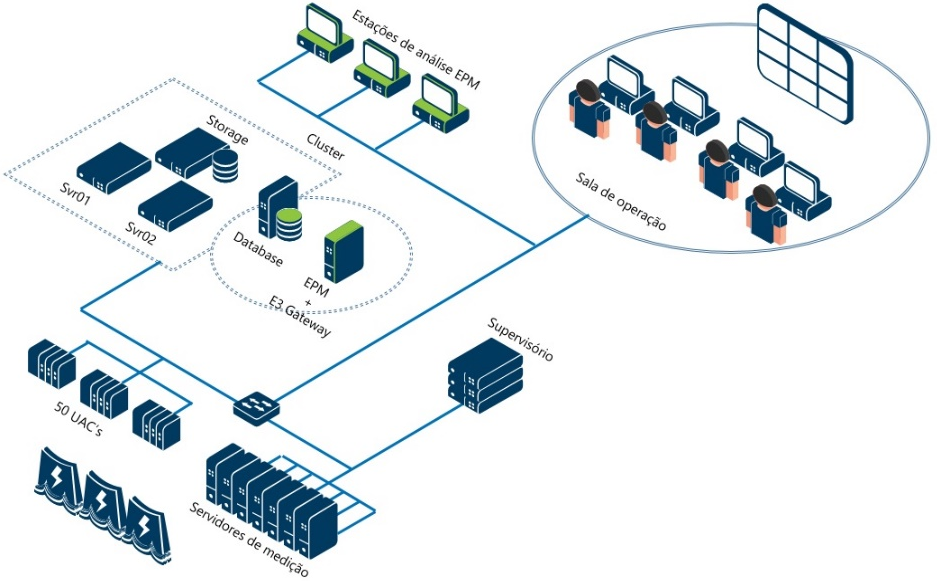Decision-making process made easier for Santo Antônio by Elipse Plant Manager
Elipse Plant Manager (EPM), a platform developed by Elipse Software, centrally manages information on the equipment of Santo Antônio plant, located in Porto Velho, in the Amazon

Santo Antônio Energy
Santo Antônio hydroelectric power plant is one of the strategic projects of the Brazilian government’s Growth Acceleration Program (PAC), which invested nearly U$ 70 billion in it. Santo Antônio Energy is a corporate group created to implement and operate this plant, comprising the following companies: Furnas S/A (39%), FIP Amazon Energy (20%), Odebrecht Brazil (18.6%), SAAG Investments (12.4%), and Cemig Generation and Transmission (10%).
The plant started operating partially on March 30, 2012. Its 32 turbines generate nearly 2.286,08 MW, which are distributed via dedicated line to Acre and Rondônia states, and via National Interconnected System (SIN) to the rest of the country. Work on the site is scheduled to be completed in November, 2016; when completed, the plant will operate with 50 turbines, which will generate 3.568 MW to an estimated grand total of 45 million clients.
Needs
Santo Antônio plant’s operation relies on a series of activities, among which are the ones associated with operating and maintaining turbines. Since this operational data was not generated centrally, Santo Antônio Energia Operation and Maintenance team (O&M) needed to collect these figures individually to insert them in an Excel spreadsheet, and only after that they would be analyzed. Therefore, these activities were rather costly, which made it more difficult to obtain quick, concise answers on systemic events, such as closing a generator, for example.
To help save time and money in these analyses, the company’s O&M team was advised by Automalogica Ltd. to adopt Elipse Plant Manager (EPM), Elipse Software’s real-time data management data.
Solution
The Elipse Plant Manager system was installed in Santo Antônio in December, 2014, and is responsible for collecting both analog and digital data from the plant’s pumps and generators, among others. The software stores a great amount of information via temporal series while also permitting the access to contextualized variables, which guarantee great performance levels for the queries.
With it, the O&M team is able to manipulate operational data, turning it into consistent, grounded information to help the plant’s leaders make their decisions with greater precision and agility. The EPM system is currently monitoring over 50,000 tags in Santo Antônio, and by the end of this year (December, 2015), it is estimated to be monitoring more than 120,000 of them.
To better understand how Elipse’s solution works in the plant, we must first analyze the system’s architecture. It comprises 50 Acquisition and Control Units (ACUs), which are responsible for reading data from the generators. The generators, in turn, comprise seven measurement servers, which receive data from the ACUs, and one redundant supervisory system, whose screens and commands are accessed from an operation room located in the plant.
Elipse Plant Manager was installed in a cluster virtualization system with two blade-PC servers as hosts and one Storage for storing data and virtual machines. The database, one the other hand, was implemented as a virtual service in the cluster, storing data in the Storage. Additionally, a virtual machine was created with EPM, using the cluster’s database for storage and E3 Gateway for collecting data from the supervisory system and from the ACUs.
Currently, EPM Studio’s ChartAnalysis is being used by the O&M team to visualize the plant’s information in a simple, quick, and intuitive way, and to browse time for specific behaviors and patterns. Another tool being used by the team is DatasetAnalysis, which further develops/details the analyses and improves knowledge on the process. Plans for a near future include visualization on the system operational room’s video-wall, from where most of the supervisory system’s data are monitored.
Benefits
Thanks to the implementation of EPM at Santo Antônio plant, the information generated by the process is now more easily accessed (which in turn makes the decision-making process more effortless) and the operational data from the turbines are obtained more promptly. With this platform, operators can now read and analyze information directly from Excel or from EPM Studio’s ChartAnalysis and DatasetAnalysis tool.
Since the software permits visualizing and analyzing all data from the plant centrally, the O&M team can now diagnose bugs and points for improvement that might have never been considered before. This led the team to discover new possibilities for the plant; one of these solutions is displaying real-time indicators at service totems throughout the complex (via EPM Web Parts at Sharepoint, or via Elipse Mobile via mobile devices), so that the plant’s managers and directors can access them remotely from any place, such as at the Santo Antônio Energia headquarters in São Paulo, for example.
Another future possibility being studied by the team is using Microsoft Excel’s own BI tools, such as Power Query and Power View, to analyze the information provided by EPM, which would then base the decisions made to maintain the plant’s equipment.


